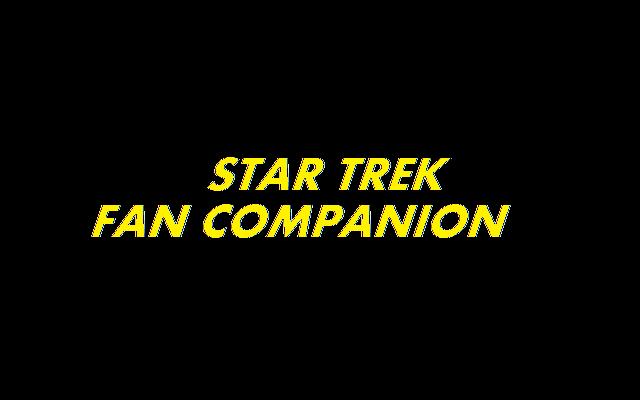The first truly ambitious arc of the franchise became one across eras. One of the most famous episodes of the original series is “Mirror, Mirror,” the Mirror Universe episode, in which Kirk accidentally ends up in an alternate reality where the Federation never existed, with the Terran Empire in its stead. By the end of the episode, he’s convinced the goatee-sporting Evil Spock to fight for change.
Now, Deep Space Nine revisiting the Mirror Universe some thirty years later probably would have felt like a much bigger deal if, say, Evil Spock had been in it, or if Deep Space Nine itself hadn’t later developed its own rich legacy revolving around the Dominion War. The first instance occurred near the end of its second season, in an episode called “Crossover.” The big shock is that Evil Spock did succeed! But that, at least as far as humans were concerned, it turned out to be a terrible idea!
When the Terran Empire turned its back on its old ways, it created a void filled by the Alliance, led by the Klingons and Cardassians, and overnight humans ended up in much the role the Bajorans had just before the series began, when they were subjugated by the Cardassians during the Occupation.
By the end of the episode, they begin their journey back to freedom.
The following season, that journey continues! In “Through the Looking Glass,” Sisko travels to the Mirror Universe to replace his dead doppelgänger, and in the process “reunites” with his dead wife’s lookalike. It’s the most personal Mirror Universe story...until another season later, in which his son Jake, in “Shattered Mirror,” experiences yet another painful family tragedy.
In the sixth season, the Mirror Universe Bareil (his counterpart died in the third season) visits the prime universe, which for fans always leaves “Resurrection” to be the least enjoyable entry in the Deep Space Nine sequels, as it mostly revolves around a personal story for Kira that does little to advance the arc.
In the seventh and final season, the arc, as it has certainly become by this point, concludes in “The Emperor’s New Cloak,” in which I’m pretty sure no Ferengi manage to die in the Mirror Universe for the first time! Probably!
That’s the end of the arc, but not the end of the Mirror Universe! A second arc begins in Discovery fifteen years or so later, although viewers don’t know it at first. Captain Lorca is eventually revealed to have come from the Mirror Universe, and his efforts to return introduce Mirror Georgiou, whose arc concludes in “Terra Firma, Parts 1 & 2.”
There’s more! Enterprise shows us the origin of the Mirror Universe, suggesting that if the events of First Contact hadn’t played out like that, and Cochrane had been left to his own devices, wary humanity would have reacted very differently to their Vulcan guests. And then “In A Mirror, Darkly, Parts 1 & 2” put on a fun little romp that also revisits “The Tholian Web.”
The Mirror Universe remains a unique experience in franchise lore, a pocket adventure with unique surprises that comments on the hopeful nature of Star Trek in the most unlikely way.
